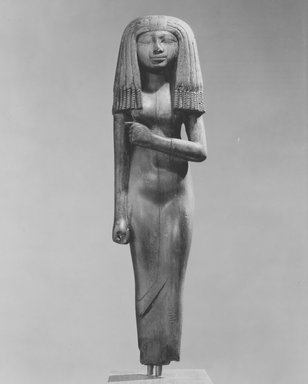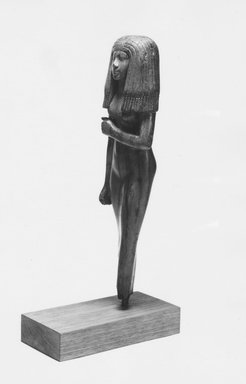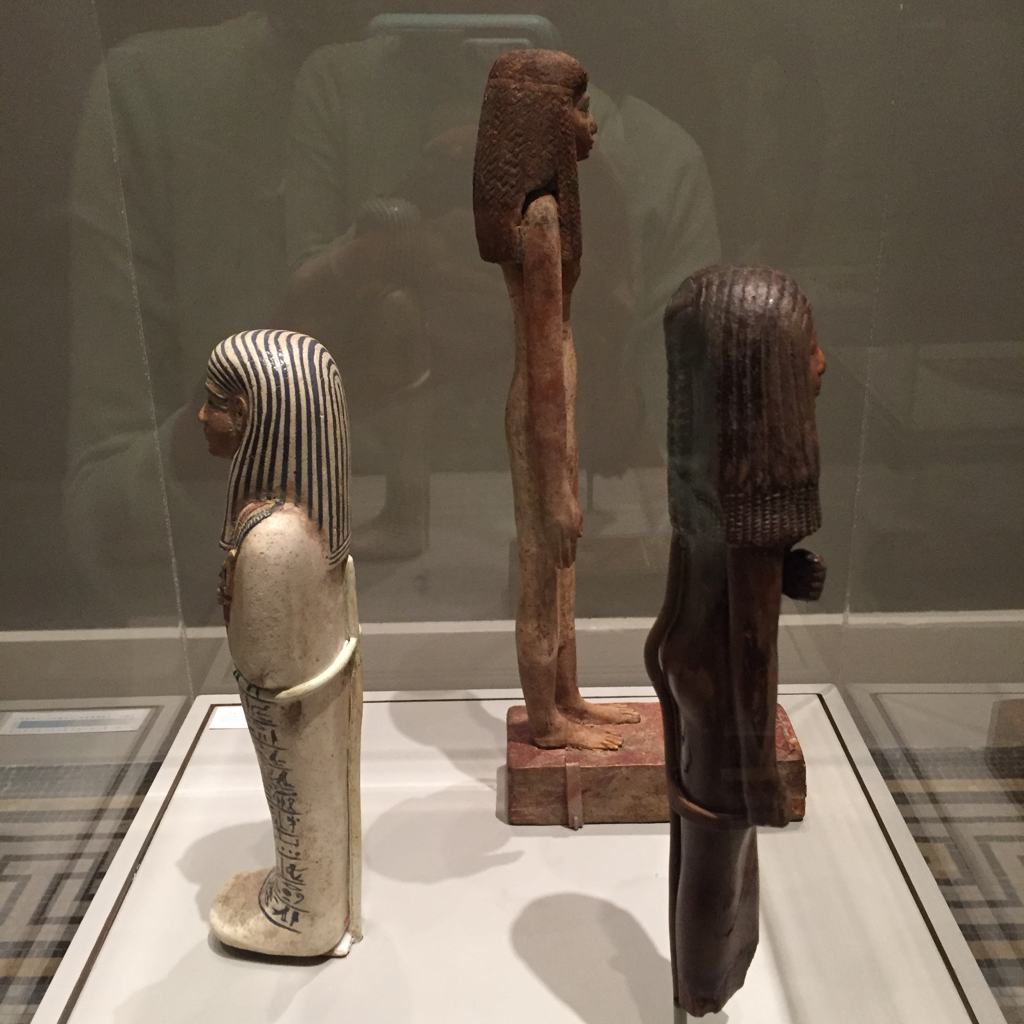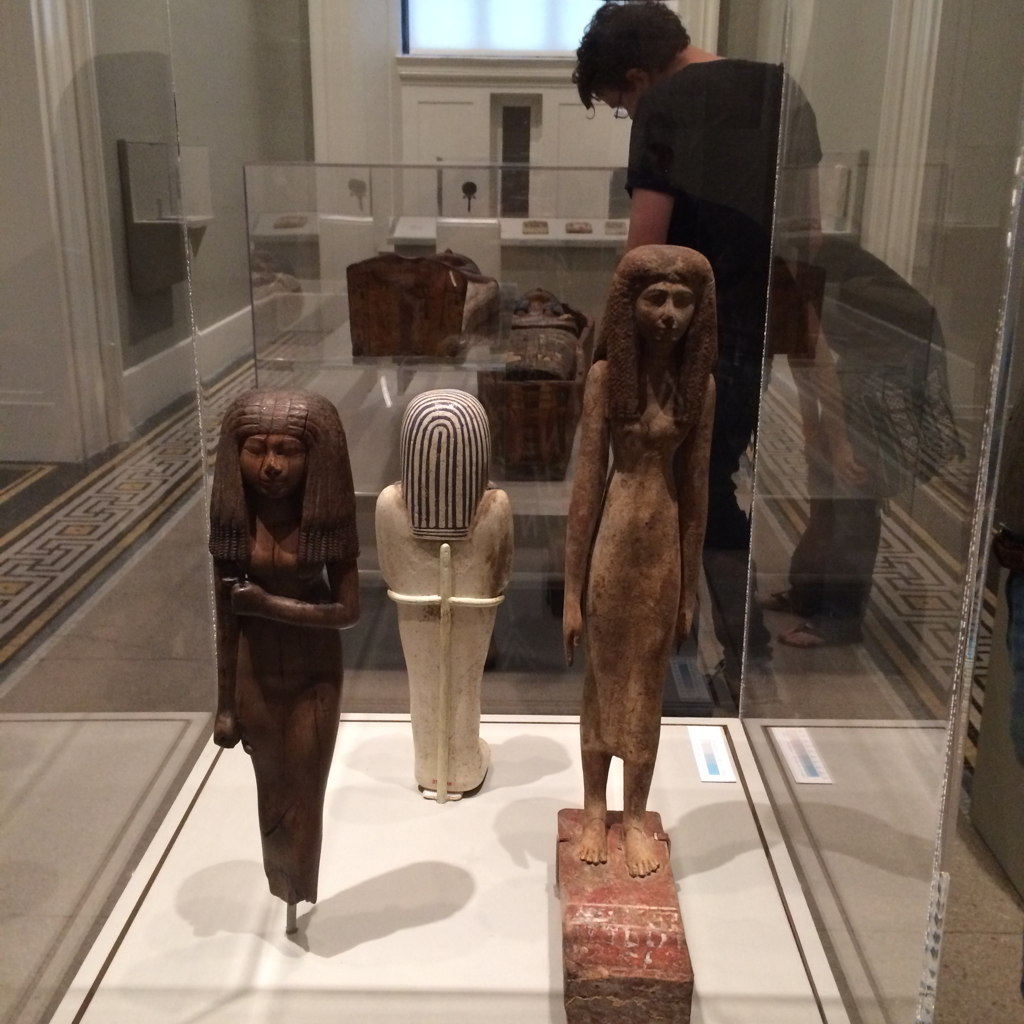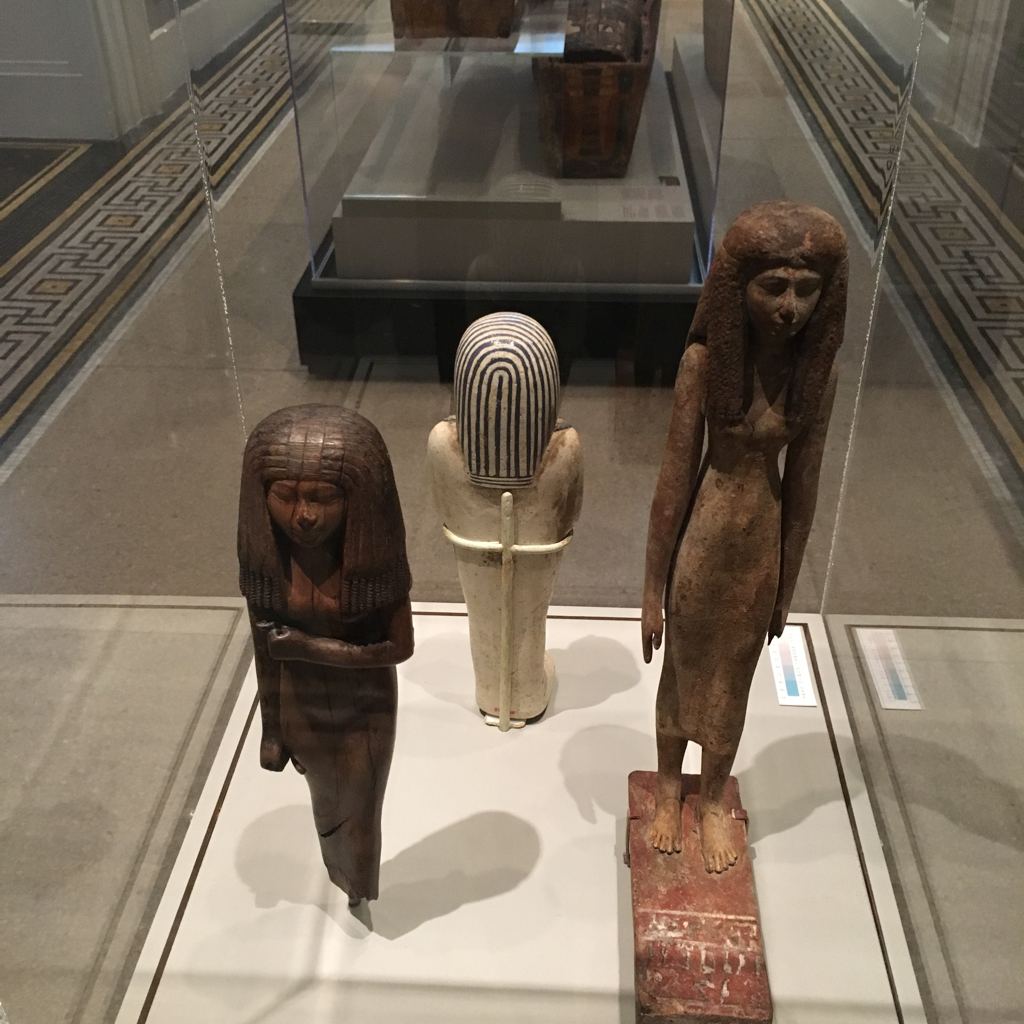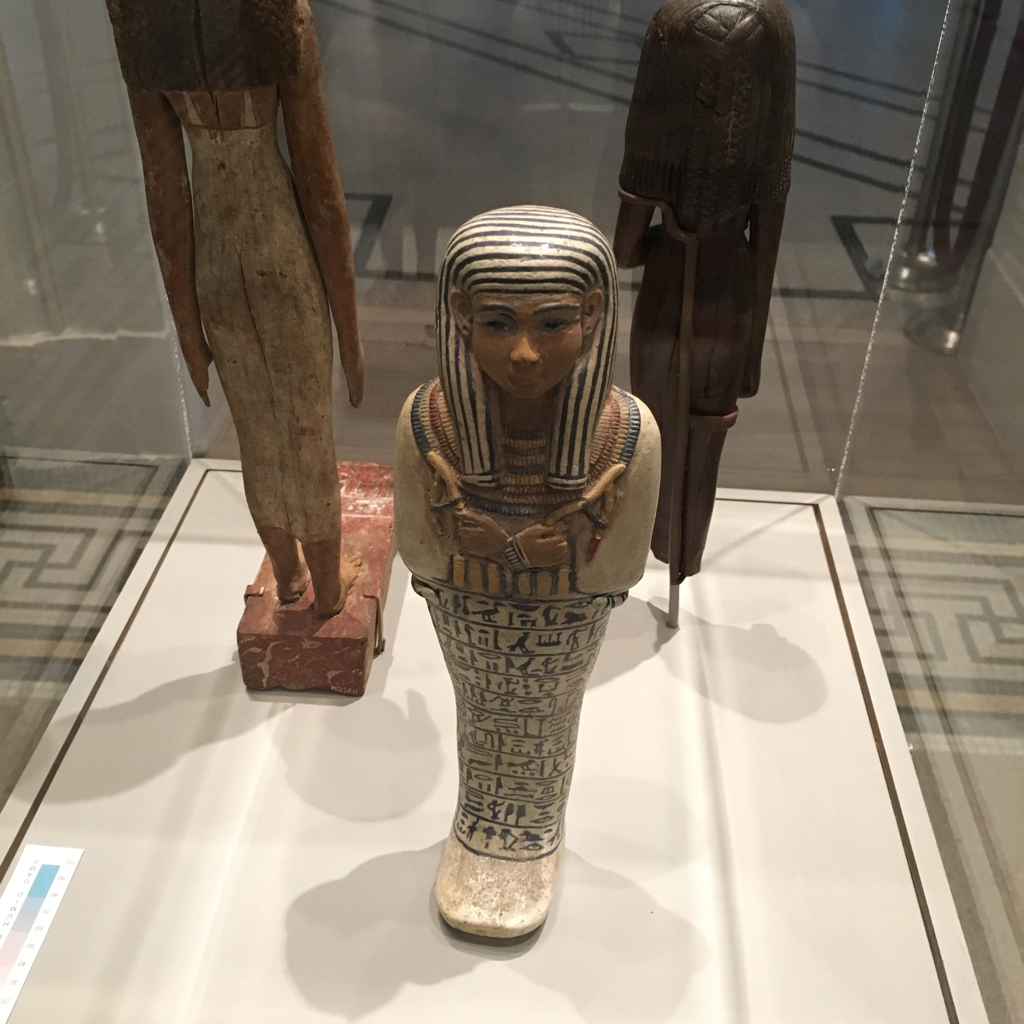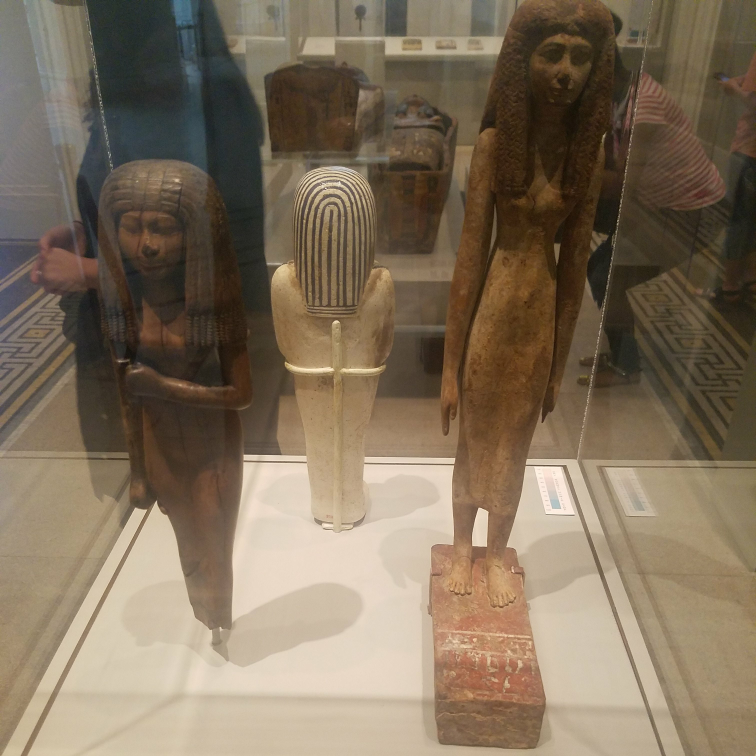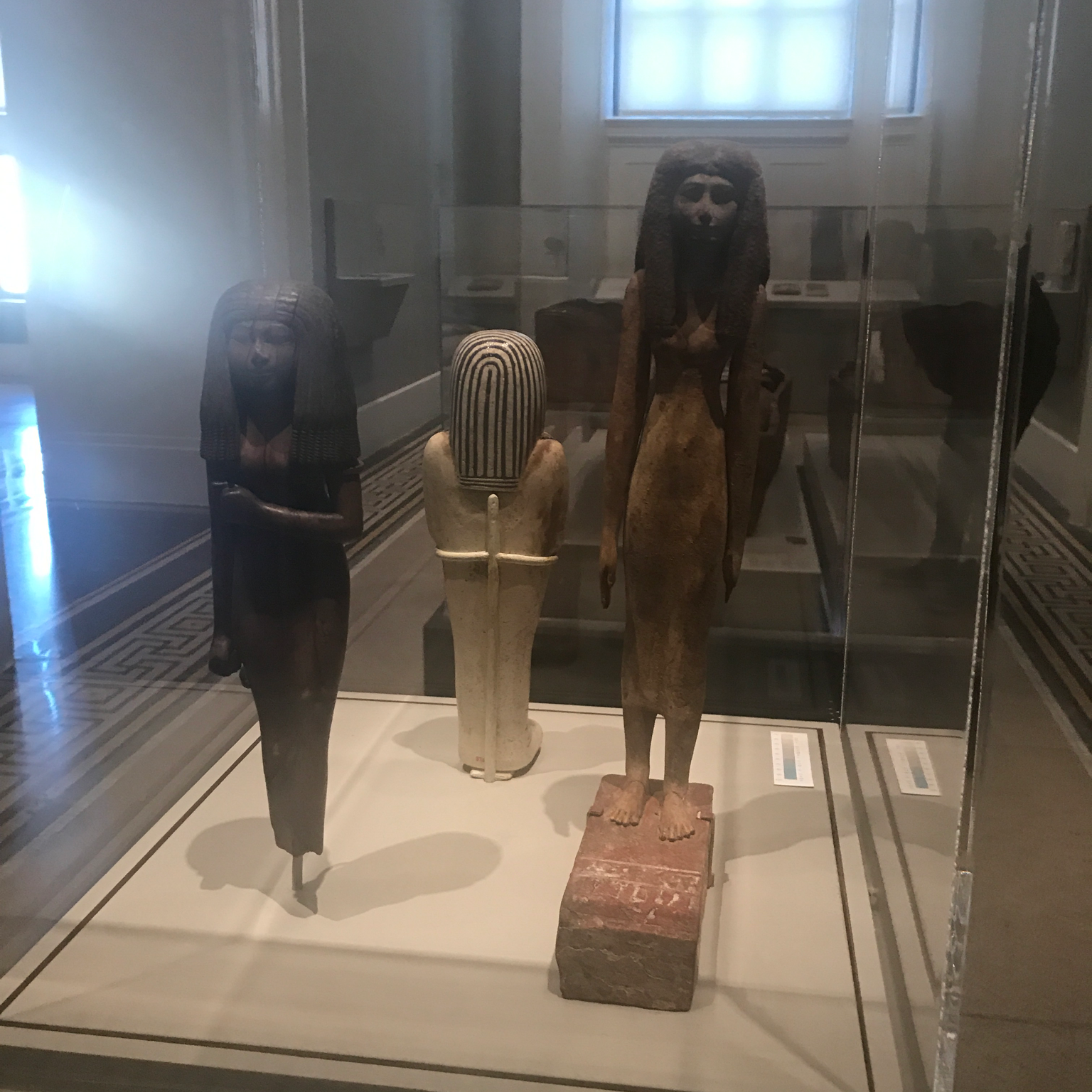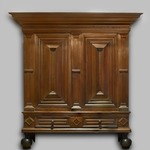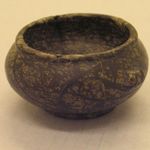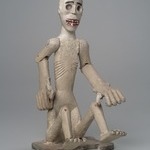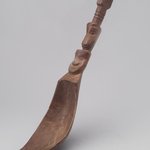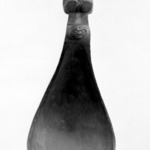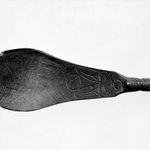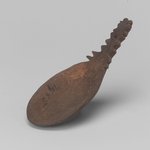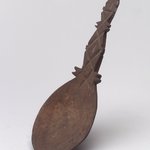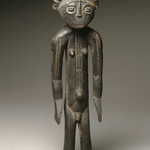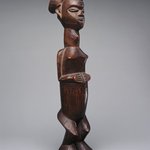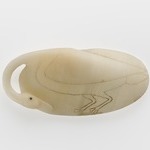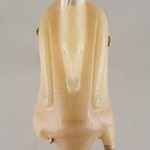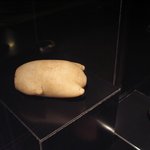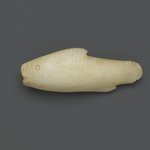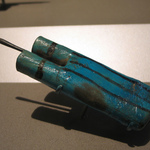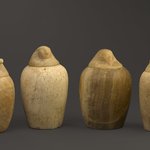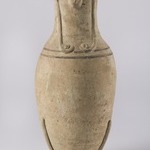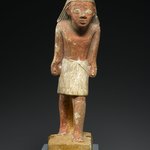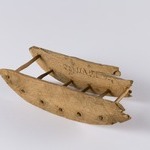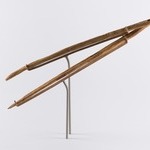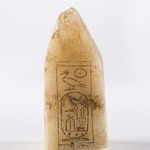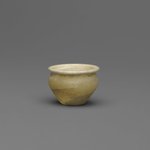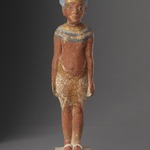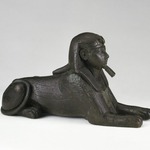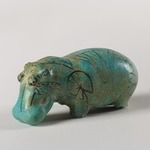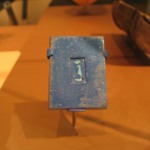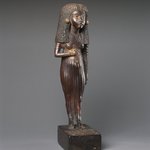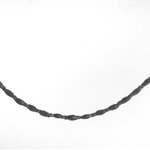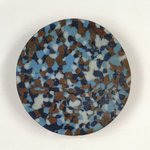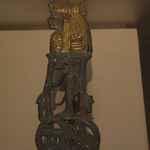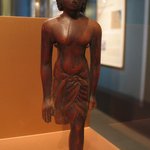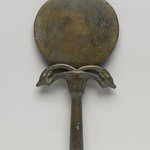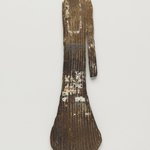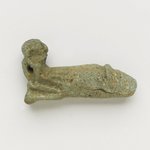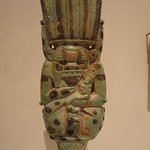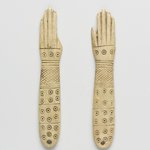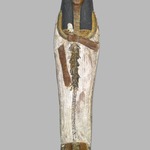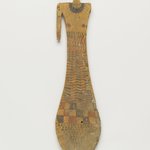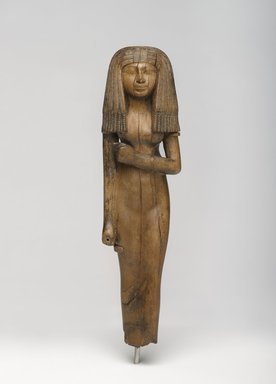

Statuette of a Woman, ca. 1390–1353 B.C.E. Wood, 10 1/16 x 2 3/4 x 1 7/8 in. (25.6 x 7 x 4.8 cm). Brooklyn Museum, Charles Edwin Wilbour Fund, 54.29. Creative Commons-BY (Photo: Brooklyn Museum, 54.29_PS4.jpg)

Statuette of a Woman, ca. 1390–1353 B.C.E. Wood, 10 1/16 x 2 3/4 x 1 7/8 in. (25.6 x 7 x 4.8 cm). Brooklyn Museum, Charles Edwin Wilbour Fund, 54.29. Creative Commons-BY (Photo: Brooklyn Museum, CUR.54.29_erg456.jpg)
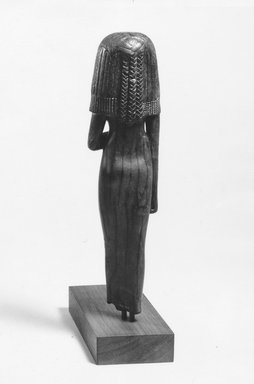
Statuette of a Woman, ca. 1390–1353 B.C.E. Wood, 10 1/16 x 2 3/4 x 1 7/8 in. (25.6 x 7 x 4.8 cm). Brooklyn Museum, Charles Edwin Wilbour Fund, 54.29. Creative Commons-BY (Photo: Brooklyn Museum, CUR.54.29_NegH4_print_bw.jpg)

Statuette of a Woman, ca. 1390–1353 B.C.E. Wood, 10 1/16 x 2 3/4 x 1 7/8 in. (25.6 x 7 x 4.8 cm). Brooklyn Museum, Charles Edwin Wilbour Fund, 54.29. Creative Commons-BY (Photo: Brooklyn Museum, CUR.54.29_NegB_print_bw.jpg)

Statuette of a Woman, ca. 1390–1353 B.C.E. Wood, 10 1/16 x 2 3/4 x 1 7/8 in. (25.6 x 7 x 4.8 cm). Brooklyn Museum, Charles Edwin Wilbour Fund, 54.29. Creative Commons-BY (Photo: Brooklyn Museum, CUR.54.29_NegC_print_bw.jpg)
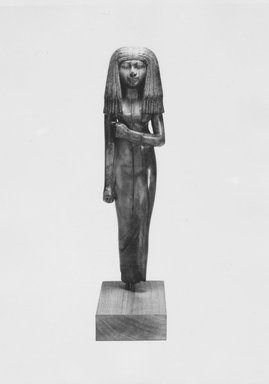
Statuette of a Woman, ca. 1390–1353 B.C.E. Wood, 10 1/16 x 2 3/4 x 1 7/8 in. (25.6 x 7 x 4.8 cm). Brooklyn Museum, Charles Edwin Wilbour Fund, 54.29. Creative Commons-BY (Photo: Brooklyn Museum, CUR.54.29_NegH1_print_bw.jpg)
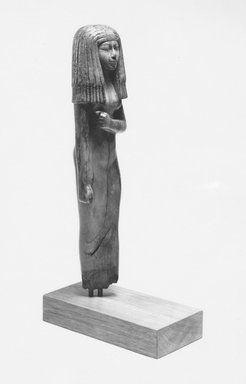
Statuette of a Woman, ca. 1390–1353 B.C.E. Wood, 10 1/16 x 2 3/4 x 1 7/8 in. (25.6 x 7 x 4.8 cm). Brooklyn Museum, Charles Edwin Wilbour Fund, 54.29. Creative Commons-BY (Photo: Brooklyn Museum, CUR.54.29_NegH2_print_bw.jpg)
Statuette of a Woman
Egyptian, Classical, Ancient Near Eastern Art

